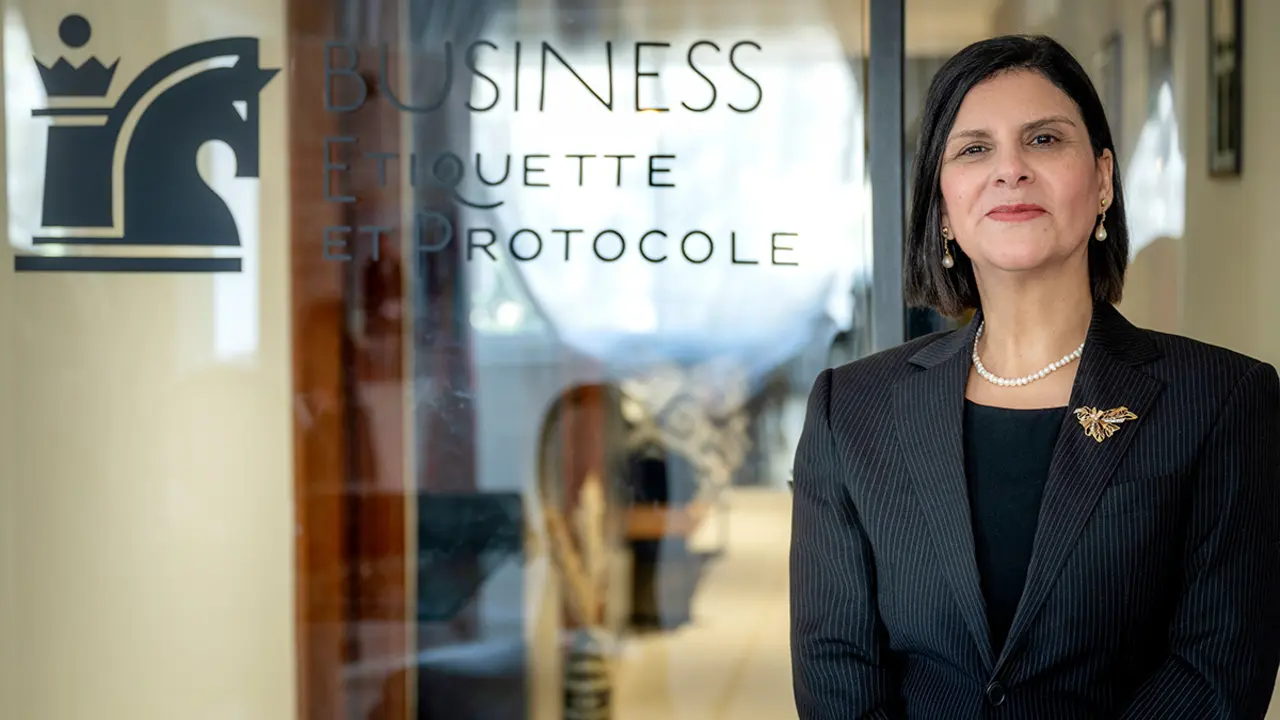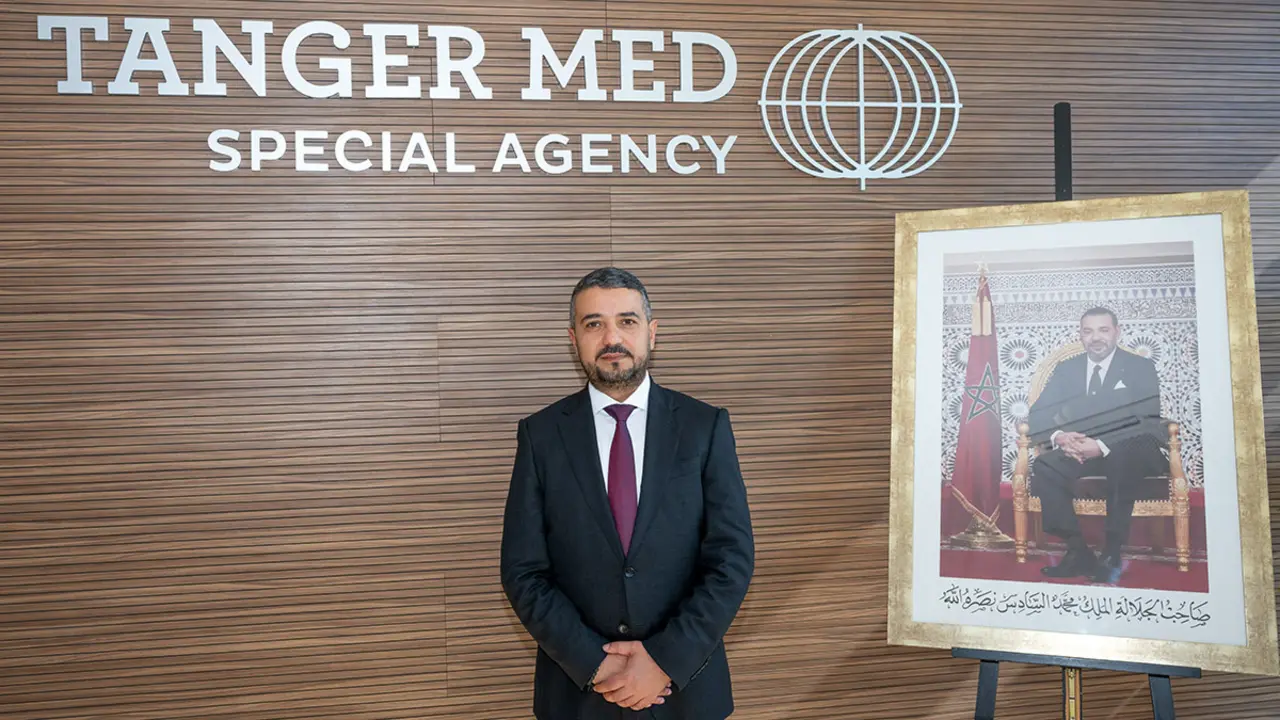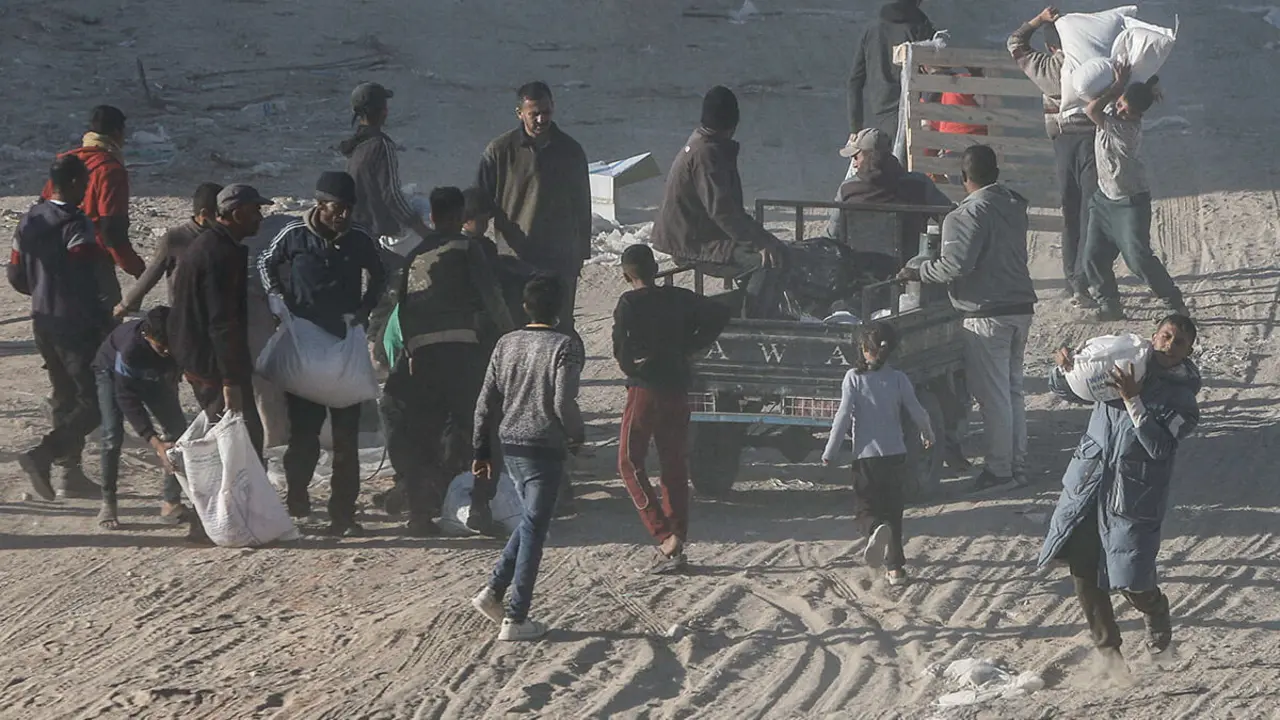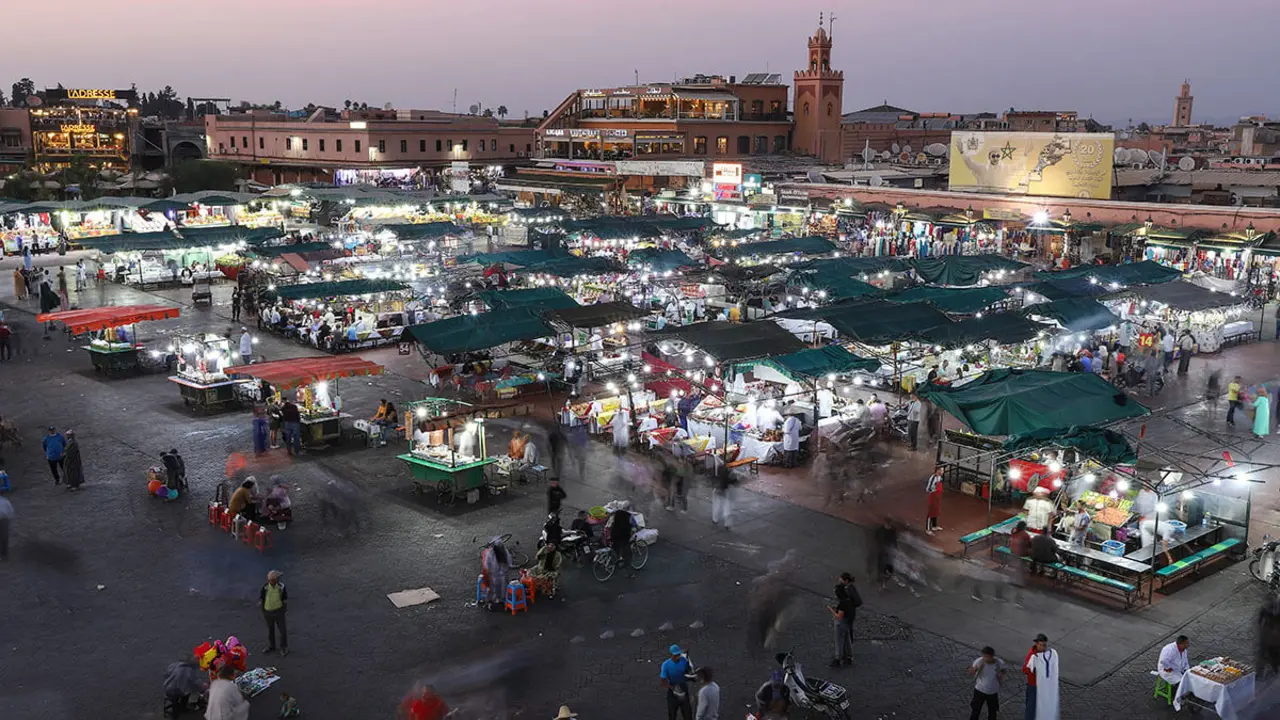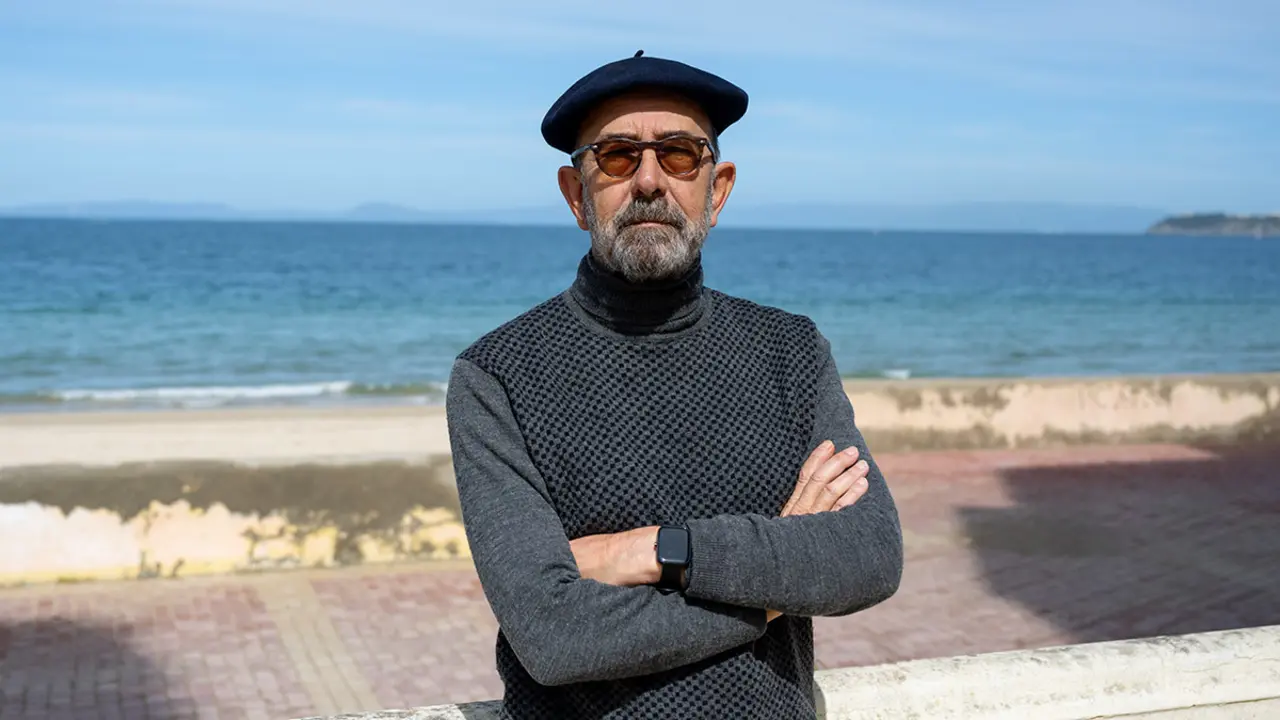Telefónica turns on 5G and 75% of the population will have coverage in 2020

Telefónica announced the start-up of its 5G network in Spain, which will allow 75% of the Spanish population to access this new technology before the end of this year.
The announcement was made by the CEO of Telefónica, José María Álvarez-Pallete, who stressed that "the launch of our 5G network is a level leap towards hyperconnectivity that will change the future of Spain." The start-up of Telefónica's 5G network comes after Álvarez-Pallete reaffirmed Telefónica's commitment to promote the complete digitization of our country last July. “It is 5G for everyone, without exceptions. In all autonomous communities. With this boost, Telefónica accelerates the digitization of SMEs, public administrations and citizens. Like fiber and like so many other great things, 5G is Telefónica ”, stated the company's chief executive.
“Our network has always been a differential asset. Through it, people's lives pass and it has shown unmatched strength when it has been most needed ”, added José María Álvarez-Pallete, who recalled that Spain already leads Europe's digital infrastructures with the most extensive fiber optic network .
Telefónica, which will launch an offer for both private clients and companies, is committed to the multitude of direct and indirect transversal benefits that 5G brings for key sectors such as transport, tourism, energy, automotive or health. “Huge benefits are coming for Spain. 5G is not just a new generation of mobile telephony, it is a revolution due to its practical applications for all sectors and because it allows the expansion of ultra-broadband coverage in rural areas and in emptied Spain ”, highlighted Álvarez-Pallete, that he has gone one step further to remember that "this is a golden opportunity for Spain to lead the Fourth Industrial Revolution and take advantage of the outstretched hand of Europe in the Reconstruction process."
This new generation of mobile telephony allows ultra-fast connectivity and with differential capacities in terms of bandwidth, both upstream and downstream, very low latency and the ability to connect millions of devices. The great transformation of 5G is that it will make possible a world in which most of our everyday objects will be elements connected to each other and to us, with greater bandwidth and a speed of milliseconds.
“With 5G everything happens in a millisecond. One millisecond is what makes remote surgery, the autonomous car, the intelligent management of energy resources and cities, or the most advanced entertainment possible. A millisecond is much more than a new response time. It is Telefónica's response to the new times. It is Telefónica's commitment to the future of the country ”, José María Álvarez-Pallete concluded.
For private customers, in addition to the advantages that 5G provides in terms of higher speed and lower latency that will allow, for example, downloading a movie in seconds, 5G will mean the possibility, among others, of enjoying sports broadcasts on direct in which the user will have a 360º experience and will be able to view any angle of the match as if they were on the pitch. Those who are fans of gaming will have a mobility experience similar to that provided by fiber at home, that is, without interruptions or latency. Thus, 5G will allow you to play, on your mobile phone, as if you were on the screen of your home computer or on a video console.
For companies, the Multiaccess Edge Computing services stand out, offering ultra-low latency services and greater computing capacity “at the edge of the network”, in addition to services such as 5G private networks, massive IoT and critical communications. of network virtualization, which makes it easy to use network resources more efficiently based on customer needs.
Telefónica works with the latest generations of radio that allow dual 4G and 5G use with the aim of taking 5G to the maximum population from the first moment. In this first phase, the 5G network is launched thanks to a technology that combines the deployment of 5G NSA (Non Stand Alone) and DSS (Dynamic Spectrum Sharing) to immediately deploy the 5G SA network (Stand Alone), when the technology is fully available. after standardization. Likewise, this initial deployment is making use of the current sites and infrastructures and, in the medium and long term, it will be complemented with new base stations and small cells, depending on the capacity or coverage required.
For this, the 3.5 Ghz bands are being used, the only 5G band already licensed to operators, and the medium bands (1800 - 2100 MHz), where 4G is currently taking advantage of the possibility of using NR equipment (New Radio) that it can work on both 4G and 5G technologies at the same time.
The new deployments will be accompanied by a gradual shutdown of the old second and third generation networks. 100% of the copper network will have been replaced by fiber before 2025, when the shutdown of the 3G network will also be completed. This will allow a more efficient management of investments, since it will not be necessary to increase them to deal with new deployments.

